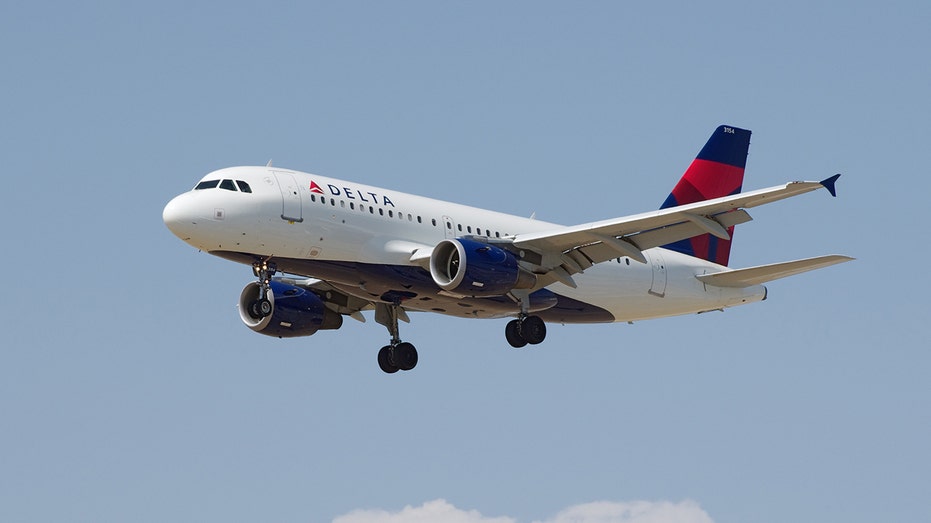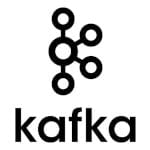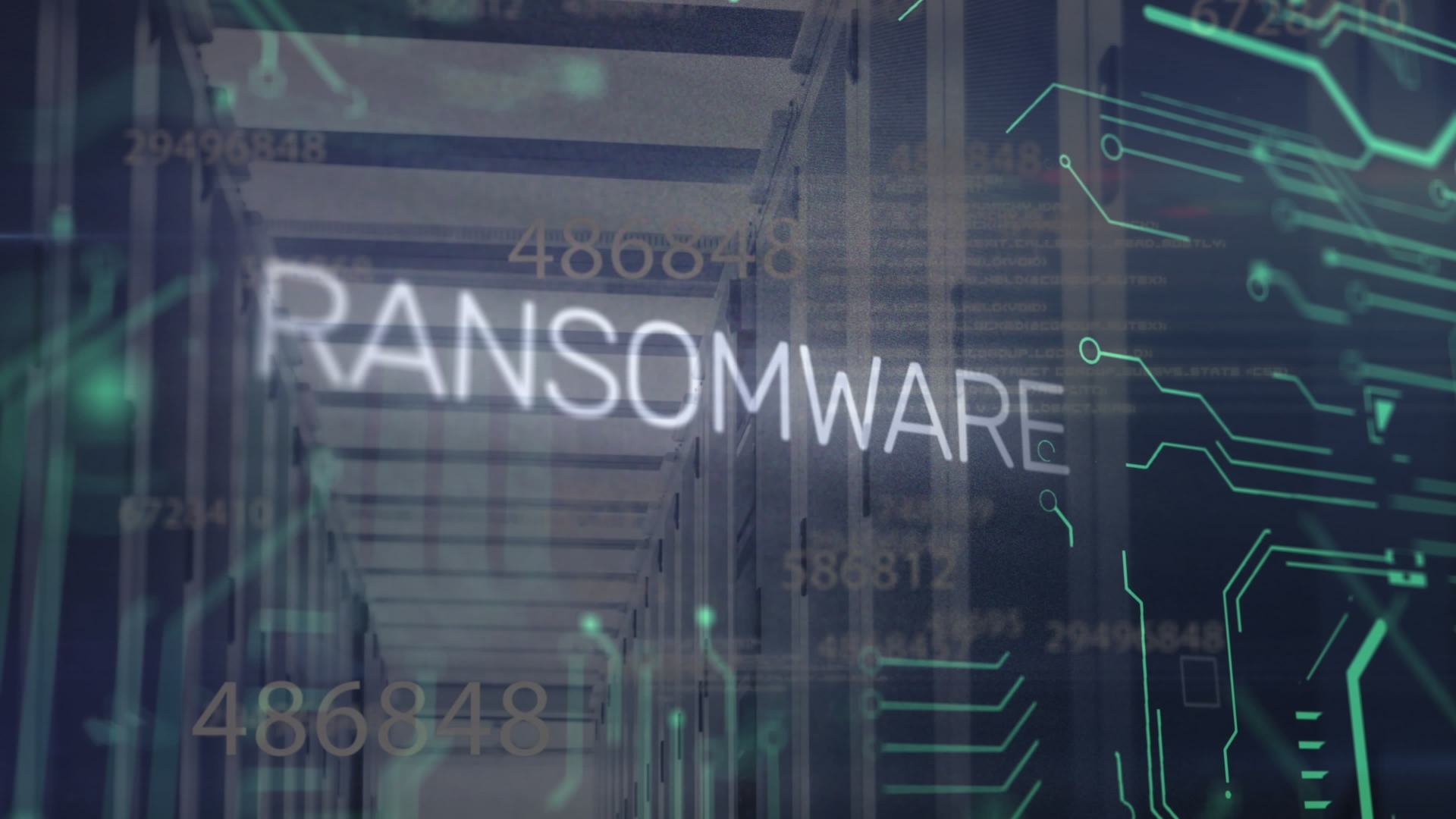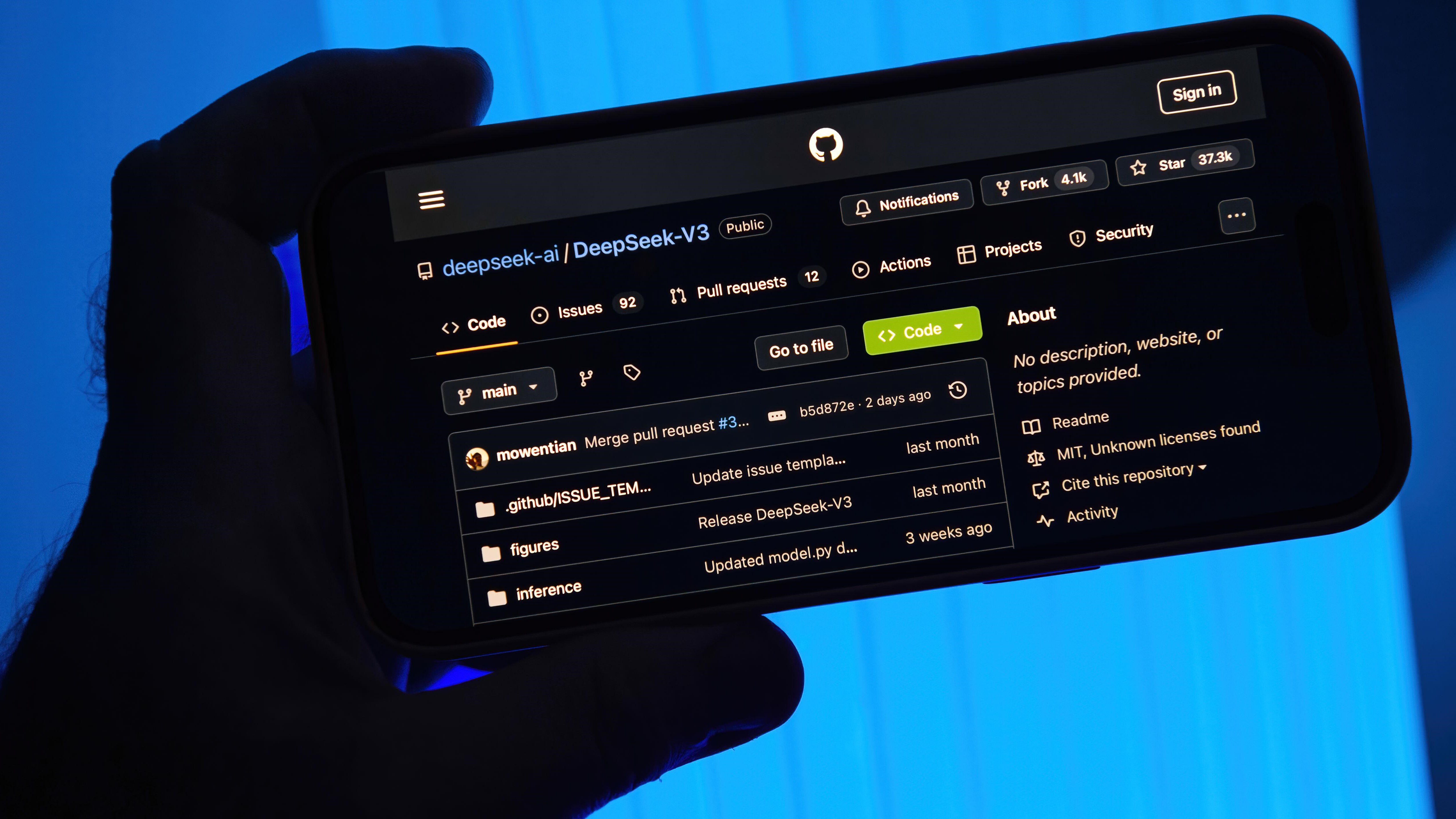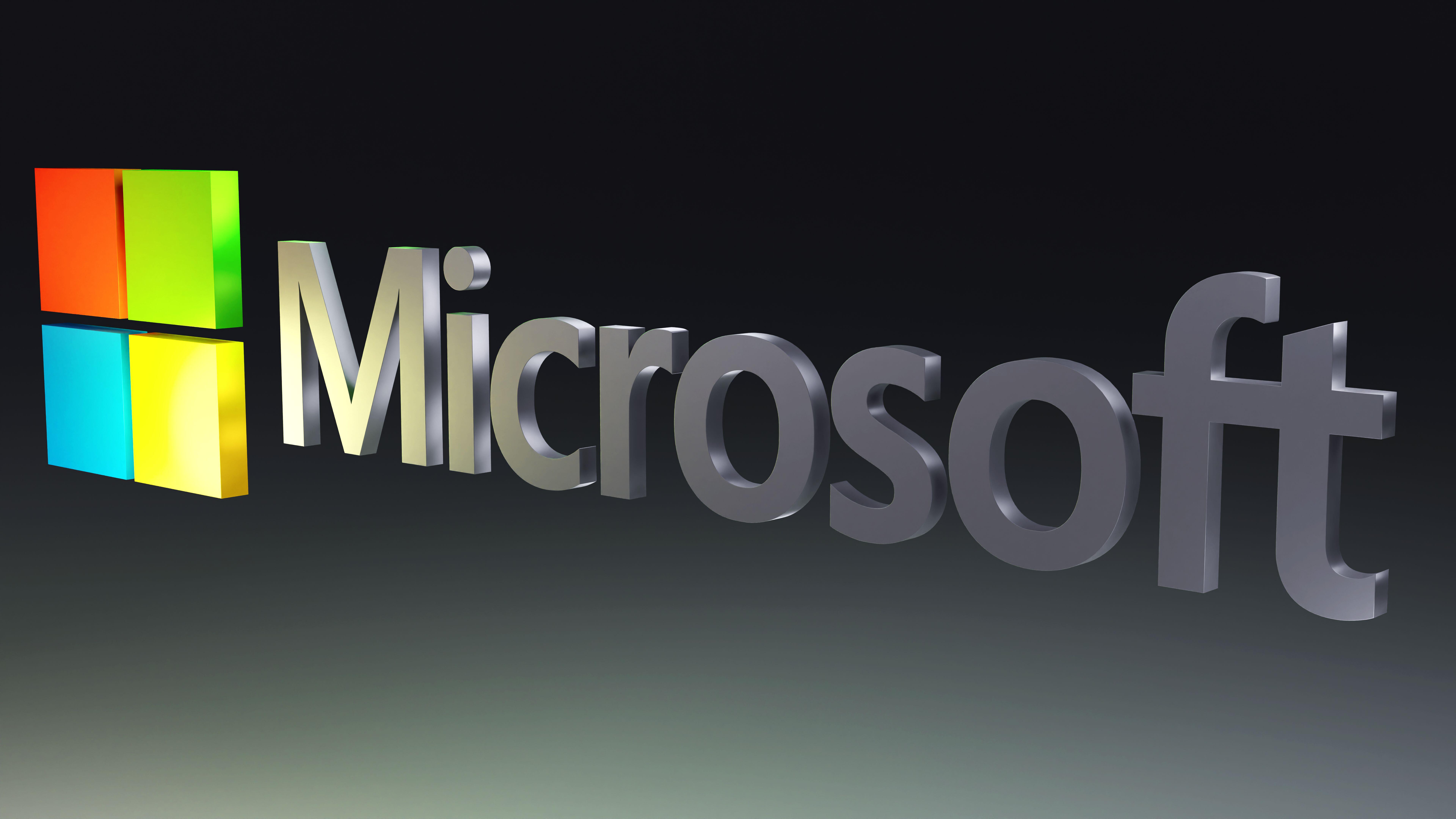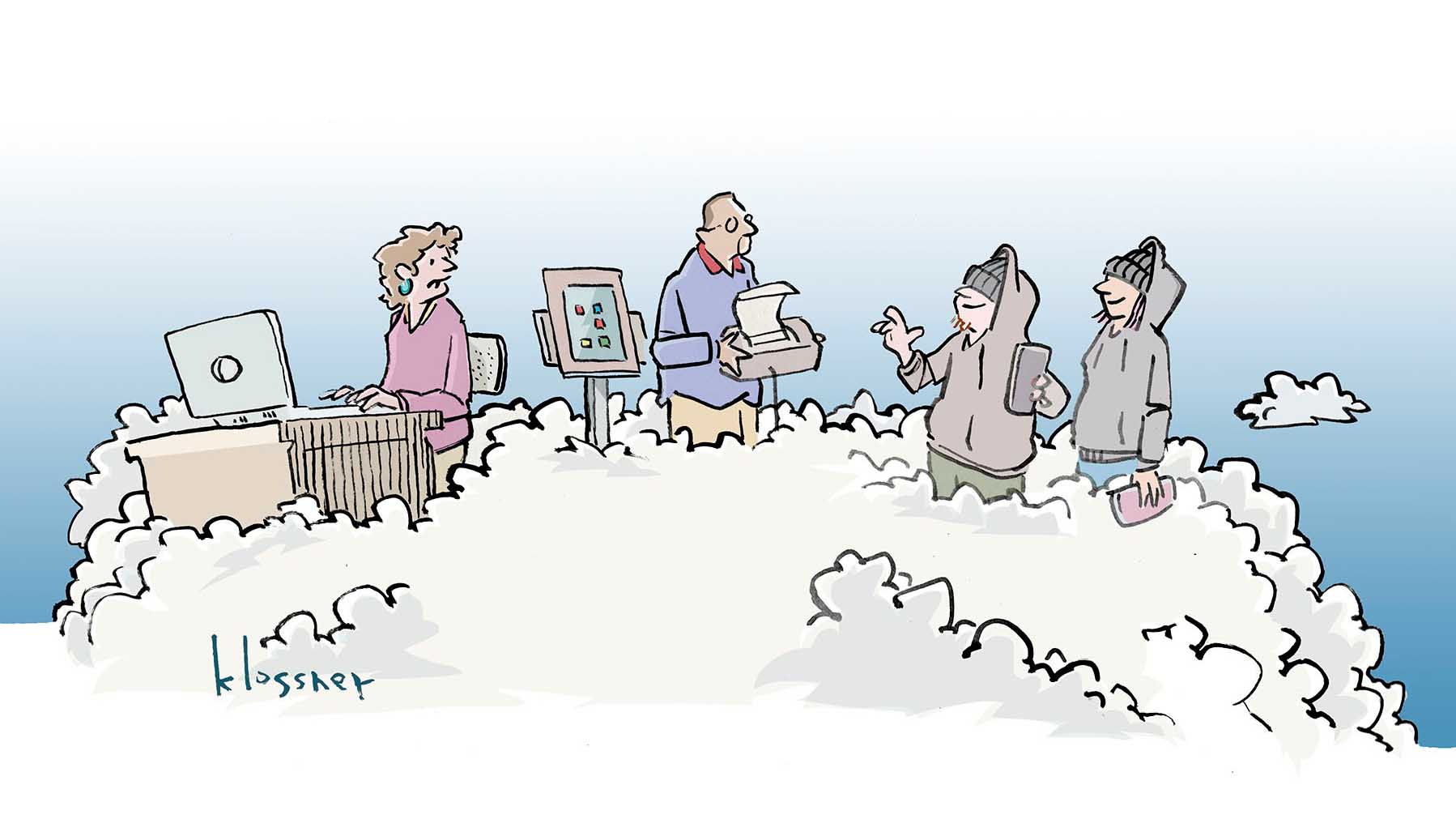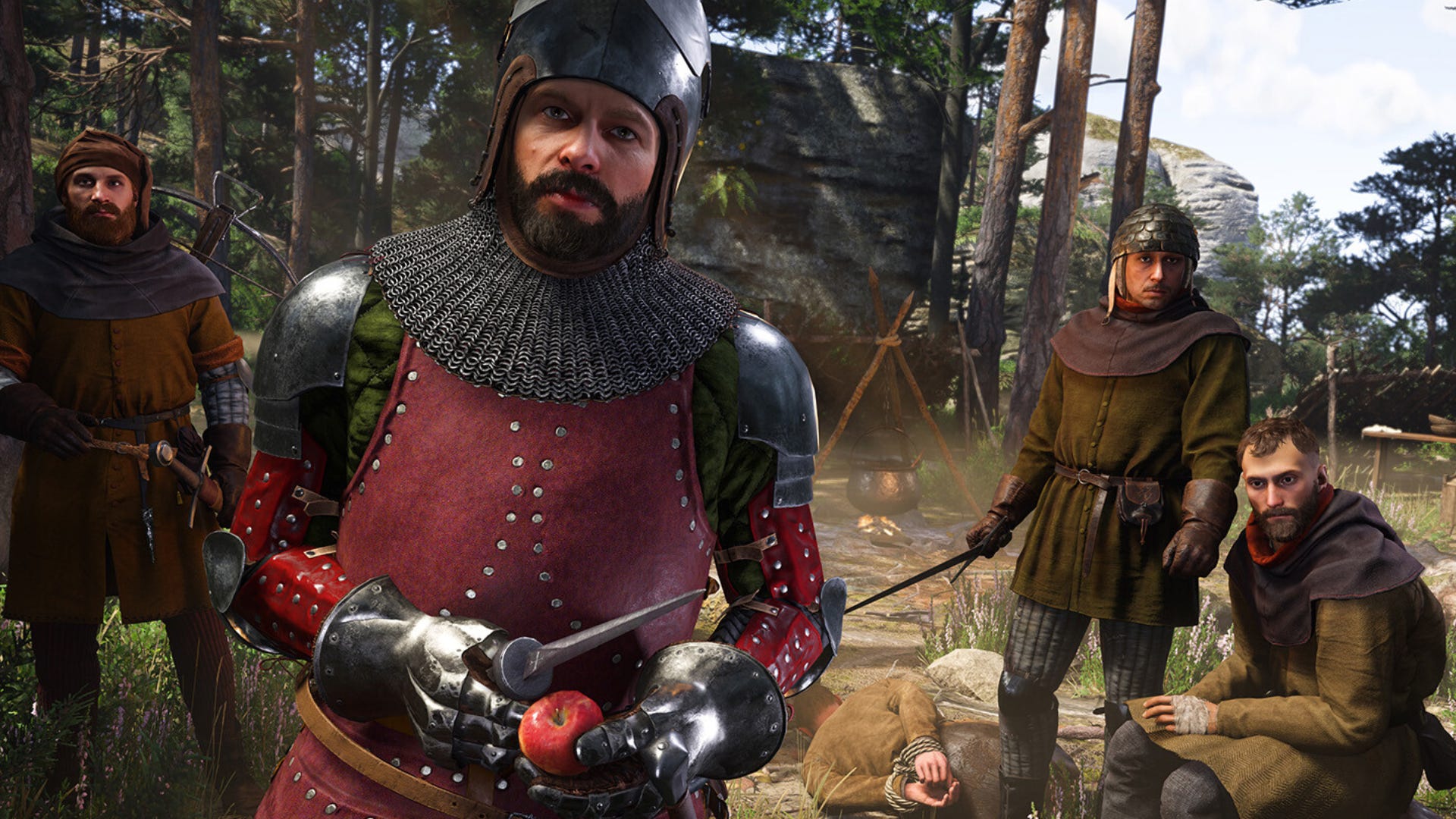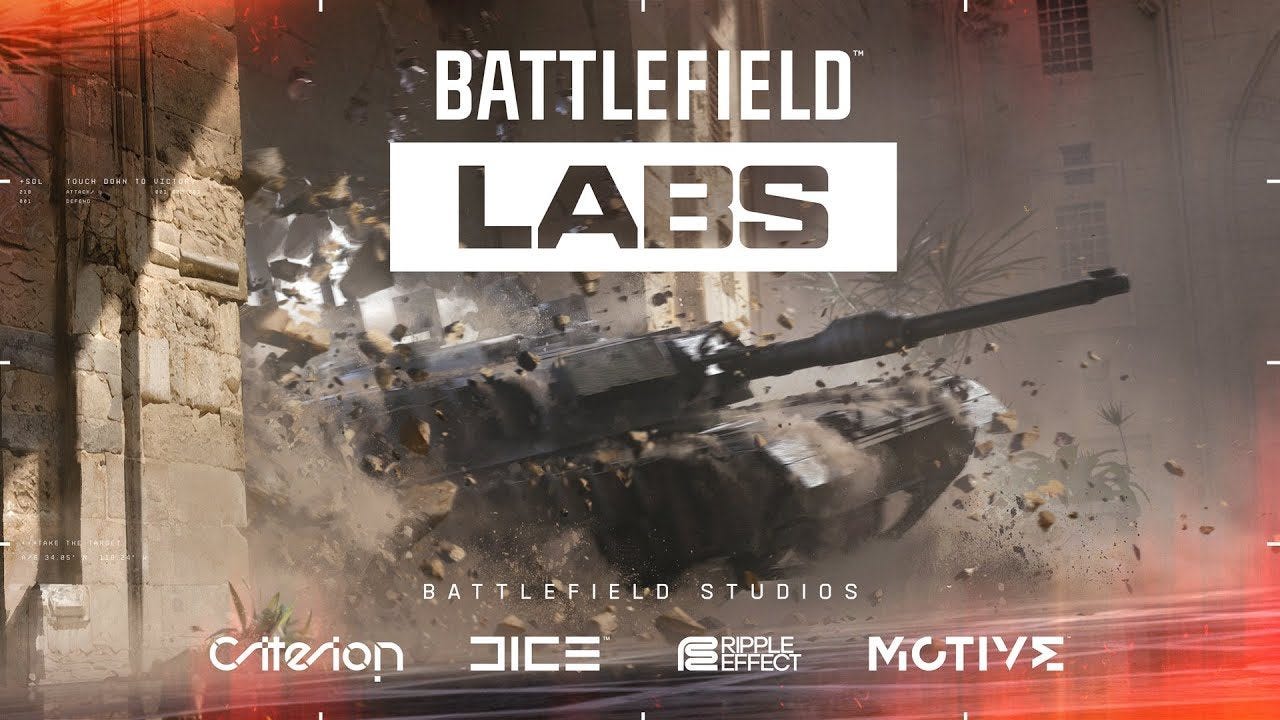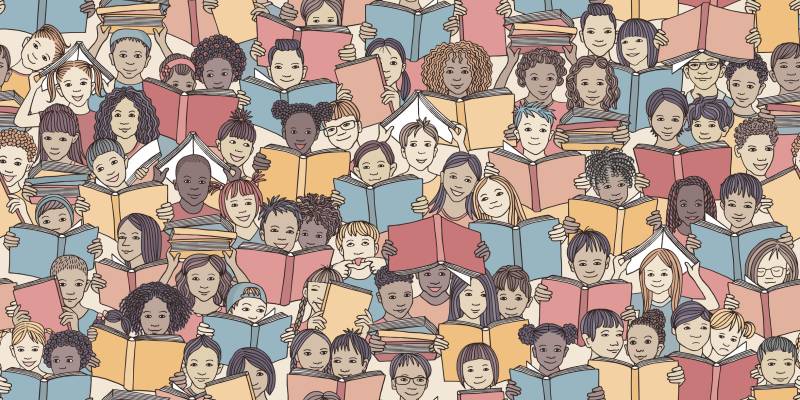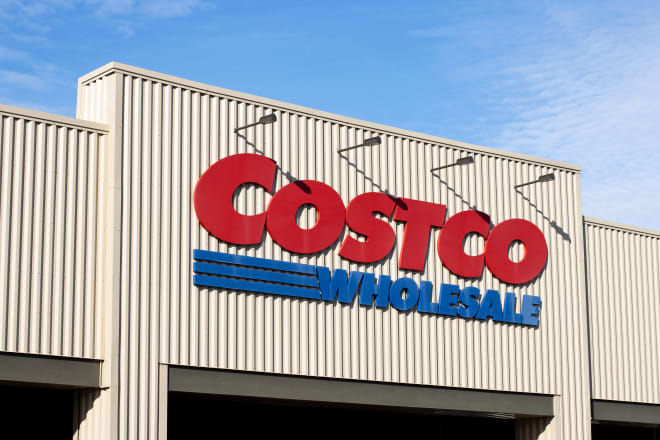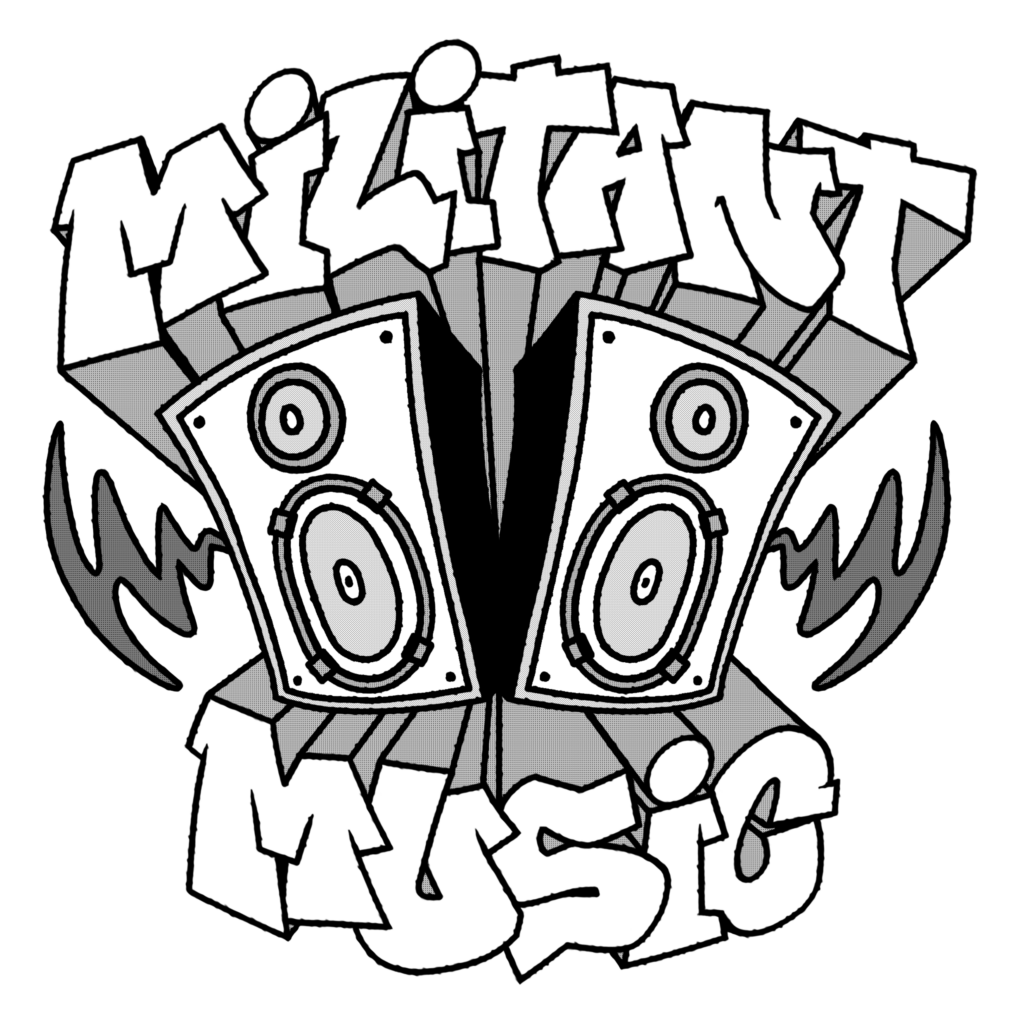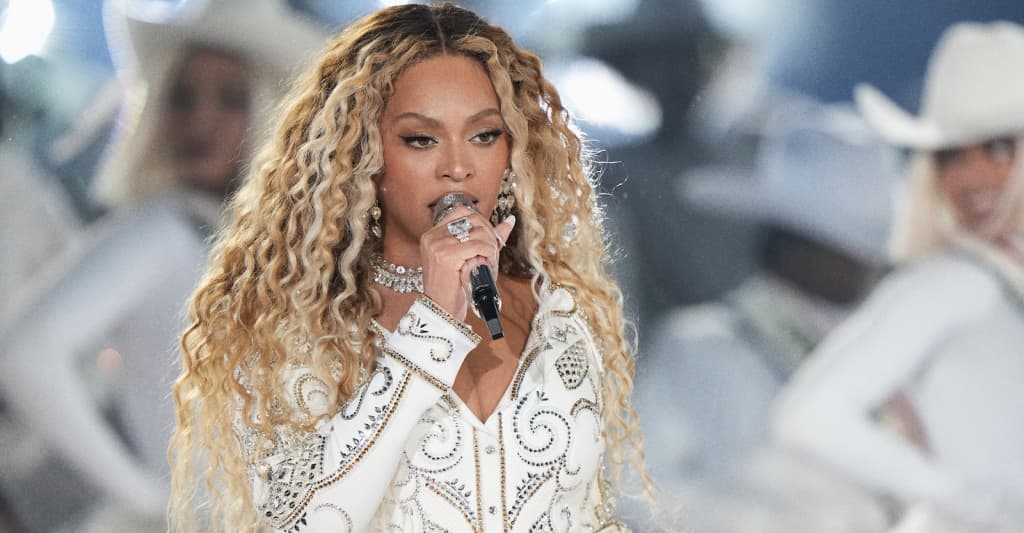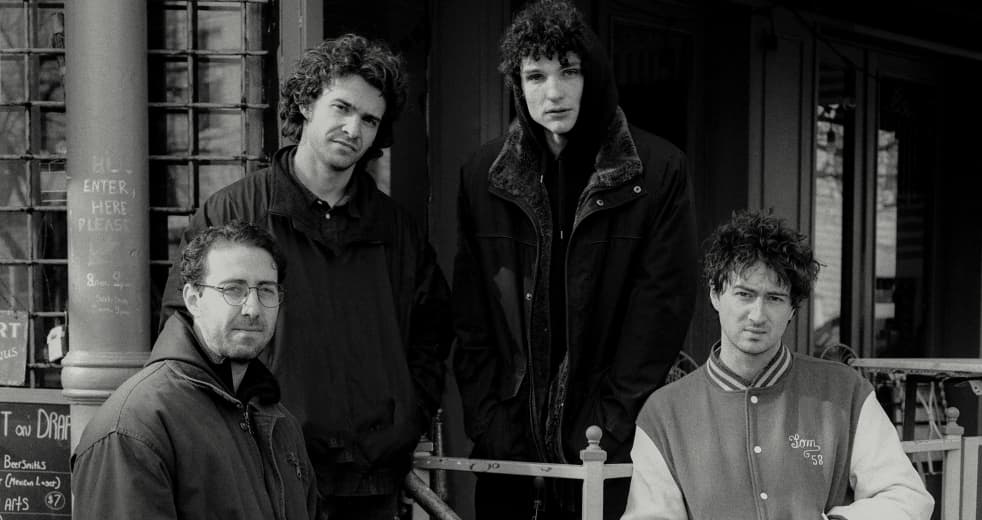Unlocking Success: The Power of Gamification Through Badges and Achievements
The digital world is becoming more competitive day by day. No wonder it's harder than ever for companies to keep their users engaged and interested in their offerings. However, they don’t give up and keep looking for new approaches to stay on track and stand out. One solution some of them take (or should at least try) is gamification, which mainly focuses on integrating game features into non-game activities. You might have seen badges or achievements when using different apps or platforms. And there is nothing surprising about it! They are considered one of the most effective ways to gamify any digital experience, as they make daily tasks more entertaining, drive participation, and create a sense of accomplishment. So, let's have a look at how exactly badges and achievements are making a difference across the digital landscape. Fitness Apps: Rewards for Progress Fitness apps should not only offer professional and effective training programs (though it's a must) but also make users feel motivated and their achievements recognized. Users are more likely to come back to the app if you give them enough support and encouragement! Many fitness apps, like Fitbit and MyFitnessPal, do that perfectly! They use badges to reward users and keep them interested in achieving even greater heights. For example, if users know they can earn a badge for walking a certain number of steps per day, they are more likely to take that walk. Or if the app rewards users with a badge for going to the gym 3 times a week, chances that they will do that workout are much higher. The reason is that such recognition of users’ achievements makes them proud of themselves and inspires them to move toward their goals with even more determination. Learning Platforms: Knowledge Celebration Badges and achievements are widely used by educational platforms to reward learners for their progress. For example, Duolingo and Khan Academy offer badges for reaching certain milestones in language proficiency or completing daily challenges. This way, they both receive a motivation boost and get encouraged to set more ambitious goals and keep learning further. Productivity Tools: Efficiency Boost Productivity tools resort to badges to motivate users to complete tasks and projects more efficiently. For example, in Trello, they can earn badges for creating, organizing, and completing cards or boards, making work feel more like a game. Similarly, Asana offers achievements like "Project Champion" or "Task Master" to encourage users to stay focused and deliver better results. This approach turns the most boring tasks into rewarding experiences, fostering productivity and teamwork. Utilities: Environmental Awareness Improved Mobile apps that help with routine tasks, like sending faxes or scanning, mostly focus on work-related issues, so it’s hard to imagine what can make them truly engaging. But there is one definite thing: using these apps instead of traditional fax machines and printers reduces paper consumption. So, the use of game elements in such apps can highlight users’ role in saving the planet, making them feel proud of their activities. For example, the iScanner app lets users earn eco-badges and see how many trees they’ve saved by sharing e-docs instead of their printed versions. Hobby Tools: Enthusiasm Growth It may seem that those spending time and money on their hobbies don’t need extra encouragement. But the main goal of hobby-related apps is to increase users’ excitement and motivate them to dive deeper and deeper into their favorite activity. And badges help reach this goal easily! For example, the Plantum app gives new plant enthusiasts achievements for identifying plants or plant diseases. A user can earn a badge of “Naturalist”, “Researcher”, “Healer”, and “Botanist”. This creates an atmosphere of educational adventure and inspires users to continue their journey of learning about nature. All in all, badges and achievements have already proven to be part of a highly effective gamification strategy for engaging users and driving participation in non-game contexts. This way, they help create enjoyable experiences that inspire users to achieve their goals while fostering a strong sense of community. And who knows what the future holds? Gamification keeps evolving, so we can expect even more creative applications of its techniques shortly.

The digital world is becoming more competitive day by day. No wonder it's harder than ever for companies to keep their users engaged and interested in their offerings. However, they don’t give up and keep looking for new approaches to stay on track and stand out.
One solution some of them take (or should at least try) is gamification, which mainly focuses on integrating game features into non-game activities. You might have seen badges or achievements when using different apps or platforms. And there is nothing surprising about it! They are considered one of the most effective ways to gamify any digital experience, as they make daily tasks more entertaining, drive participation, and create a sense of accomplishment.
So, let's have a look at how exactly badges and achievements are making a difference across the digital landscape.
Fitness Apps: Rewards for Progress
Fitness apps should not only offer professional and effective training programs (though it's a must) but also make users feel motivated and their achievements recognized. Users are more likely to come back to the app if you give them enough support and encouragement! Many fitness apps, like Fitbit and MyFitnessPal, do that perfectly! They use badges to reward users and keep them interested in achieving even greater heights. For example, if users know they can earn a badge for walking a certain number of steps per day, they are more likely to take that walk. Or if the app rewards users with a badge for going to the gym 3 times a week, chances that they will do that workout are much higher. The reason is that such recognition of users’ achievements makes them proud of themselves and inspires them to move toward their goals with even more determination.
Learning Platforms: Knowledge Celebration
Badges and achievements are widely used by educational platforms to reward learners for their progress. For example, Duolingo and Khan Academy offer badges for reaching certain milestones in language proficiency or completing daily challenges. This way, they both receive a motivation boost and get encouraged to set more ambitious goals and keep learning further.
Productivity Tools: Efficiency Boost
Productivity tools resort to badges to motivate users to complete tasks and projects more efficiently. For example, in Trello, they can earn badges for creating, organizing, and completing cards or boards, making work feel more like a game. Similarly, Asana offers achievements like "Project Champion" or "Task Master" to encourage users to stay focused and deliver better results. This approach turns the most boring tasks into rewarding experiences, fostering productivity and teamwork.
Utilities: Environmental Awareness Improved
Mobile apps that help with routine tasks, like sending faxes or scanning, mostly focus on work-related issues, so it’s hard to imagine what can make them truly engaging. But there is one definite thing: using these apps instead of traditional fax machines and printers reduces paper consumption. So, the use of game elements in such apps can highlight users’ role in saving the planet, making them feel proud of their activities. For example, the iScanner app lets users earn eco-badges and see how many trees they’ve saved by sharing e-docs instead of their printed versions.
Hobby Tools: Enthusiasm Growth
It may seem that those spending time and money on their hobbies don’t need extra encouragement. But the main goal of hobby-related apps is to increase users’ excitement and motivate them to dive deeper and deeper into their favorite activity. And badges help reach this goal easily! For example, the Plantum app gives new plant enthusiasts achievements for identifying plants or plant diseases. A user can earn a badge of “Naturalist”, “Researcher”, “Healer”, and “Botanist”. This creates an atmosphere of educational adventure and inspires users to continue their journey of learning about nature.
All in all, badges and achievements have already proven to be part of a highly effective gamification strategy for engaging users and driving participation in non-game contexts. This way, they help create enjoyable experiences that inspire users to achieve their goals while fostering a strong sense of community. And who knows what the future holds? Gamification keeps evolving, so we can expect even more creative applications of its techniques shortly.



